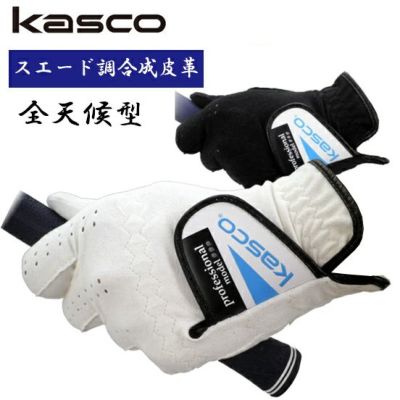

Grand Canyon Sole (Grand Canyon)
Amateurs make two main types of mistakes: topping the ball and duffing it. The DJ-6 features the newly developed G Canyon sole, which is more resistant to duffing mistakes.
The combination of height differences between the bumper sole and the canyon vance was tested repeatedly to find the optimum design, and the two sole surfaces work in synergy to create a well-balanced effect.
The bumper sole allows the head to dig into the ground, while the canyon bounce firmly grips the ground, pushing the ball forward without letting it sink too deep. This gives you the ease of hitting with a fully automatic feel that is entirely up to the club.
Optimal weight distribution design The combination of the "W reverse taper blade" and "theater blade structure" optimizes the weight distribution of the head.
Weight is placed on the top toe side of the blade and at the rear of the sole to further increase stability at impact.
Theater Blade Structure By eliminating the step in the cavity and flowing the face thickness into a theater-like shape, the vibration transmitted to the hand and the center of gravity are controlled. This achieves both the "feel" and "ease of use" that golfers desire from soft iron forging.
Head material: This is a forged head that uses S20C (mild steel), which is the softest of all head materials.
It gives golfers a feeling of the ball sticking to the club at impact.
Precision Forging The back face is precisely forged, the base is neatly prepared, and then it is finished with fine shots to make it scratch-resistant and maintain its beauty.
New High Spin Mirror Forged Face The new high spin mirror forged face is a further evolution of the manufacturing method of the conventional high spin mirror forged face, which delivers stable spin performance even in the rough, and pursues a groove shape that is right at the edge of what is permitted by the rules.
It prevents the decline in spin performance even on rough surfaces or rainy days, providing stable spin performance.
| head | S20C mild steel forging (ultra-high precision, mirror forged score line face) |
| finishing | Nickel chrome plating, pearl satin finish |
| Loft angle (°) | 44 | 46 | 48 | 50 | 52 | 54 | 56 | 58 | 60 |
| Lie angle (°) | 63.0° | 63.0° | 63.0° | 63.5° | 63.5° | 64.0° | 64.0° | 64.0° | 64.0° |
| Feeling angle (°) | 13 | 13 | 13 | 17 | 17 | 18 | 18 | 18 | 18 |
| Length (inches) | 35.5 | 35.25 | 35.0 |
| grip | Genuine grip (black) |
*The perceived bounce angle is a reference value when the bounce effect of the G Canyon sole is converted to a standard sole shape.
In addition, the above specifications are design values.





|
The landing angle is an important factor in stopping the ball where you want it to go.
In addition to spin rate and launch angle, this is one of the factors that has become clear as trajectory measuring instruments have become popular in recent years.
Tour pros place great importance on the angle of fall when hitting the green.
What kind of shaft do you need to aim higher?
From there, the development of TRAVIL started. |
|








































